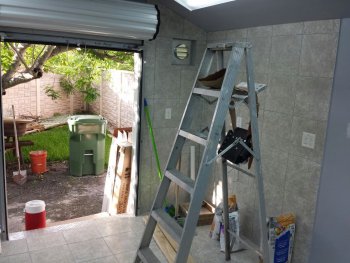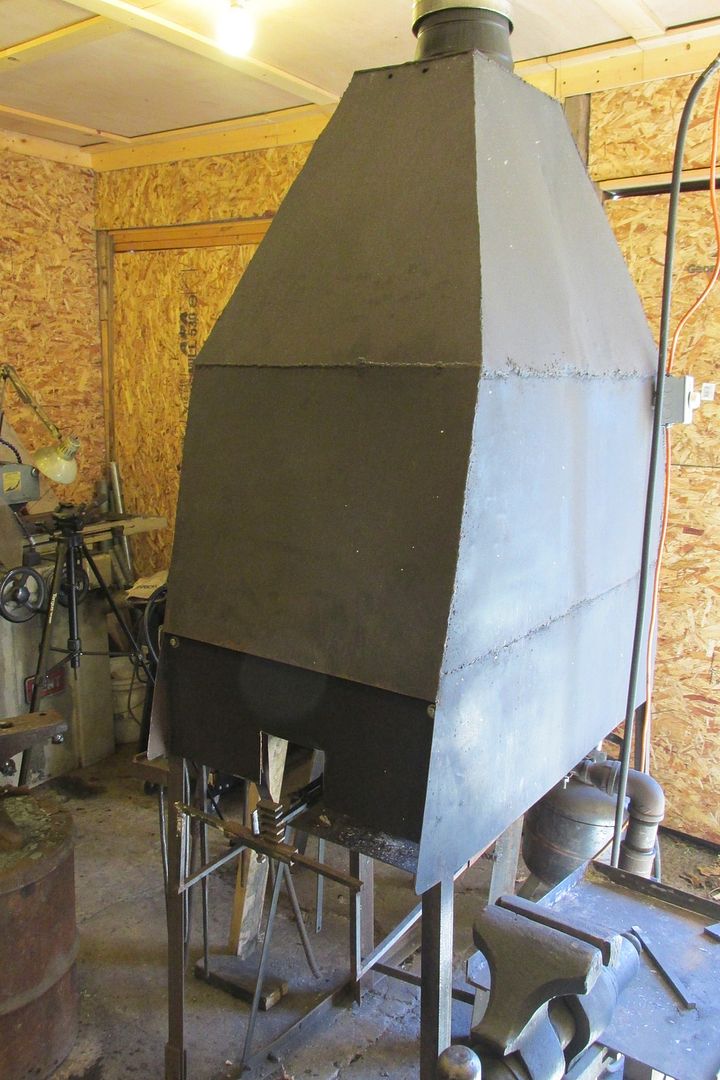I don't forge but I've worked for a natural gas utility for almost twenty years. I ran the leak truck for about 16 years and every year it seems there would be at least one death from CO in our system, usually people heating their homes using the stove. I've never been affected by CO but fell out once on a natural leak and had six linemen pull me out of the hole. I got a little light headed like a lot of leaks I worked but that time I went out like a light and when I came to it was like waking from a dream, CO is different, it usually starts with a headache right between your eyes and flu like symptoms,
soon your out like a light, and if no one is around you don't wake up.
Ed's set up looks good but the gable fans may actually create a negative draft pulling the CO out of the flue. I've seen induced draft blowers on commercial furnaces but I'm sure their pricy.
If I had Ed's set up I would feel pretty comfortable with it as long as a couple windows were open when it was running. I'd also have two CO alarms. one for redundancy. and remember - the headache will usually come first. I wouldn't have the fire dept. come over to look things over, their liable to say something to the code dept. and open a can of worms. on the other hand, a couple of local gas workers would probably be happy to come over and run their CO detectors while the forge is running to get an idea how safe you are, and not cause any problems, that's what I would have done when I was on the leak truck, make people feel safe while promoting using gas. it's like a lot of other things, handle it wrong and it can kill you.
And in closing I'll say this...CO is a real ugly way to go out. be careful.




